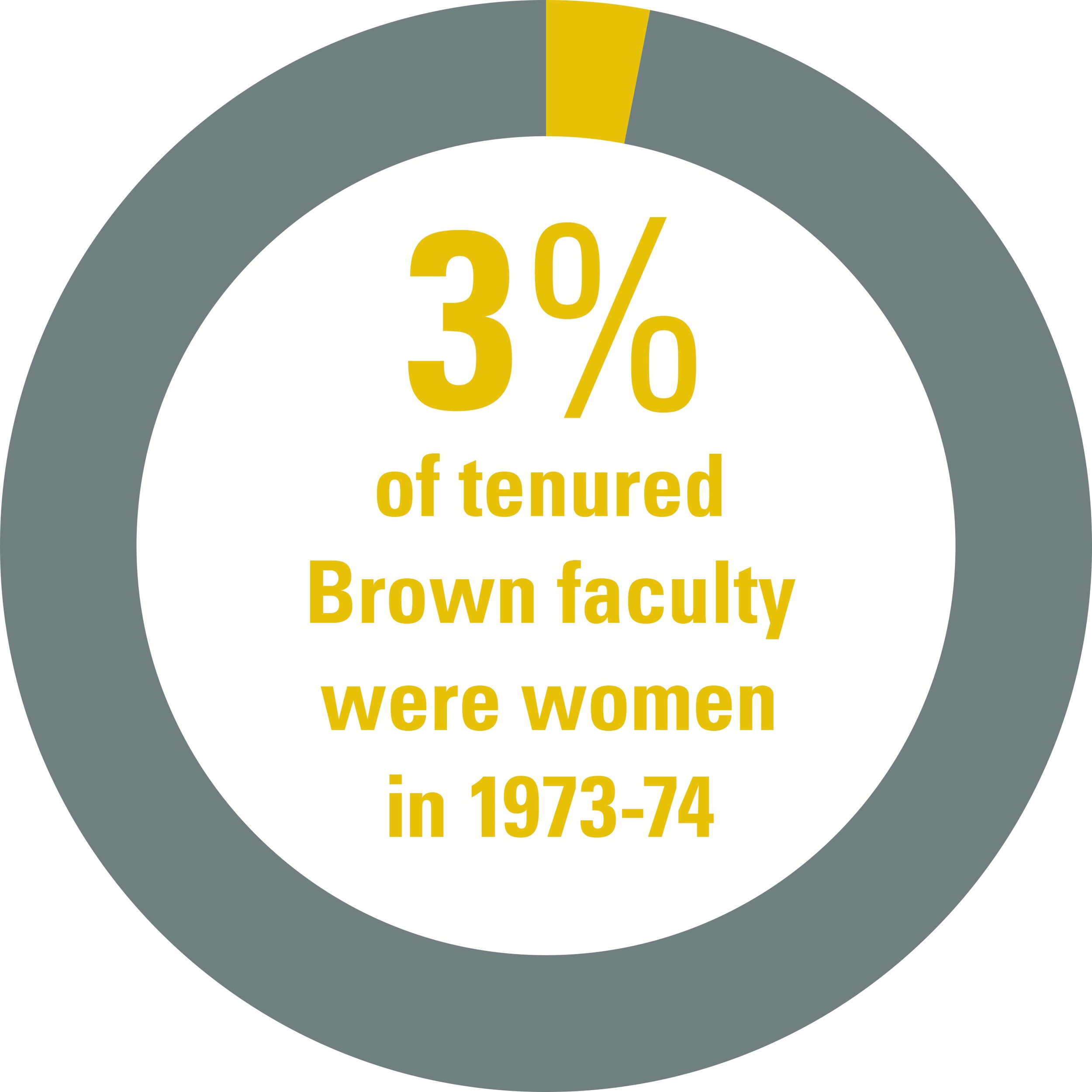Faculty Hiring: 1970s
In the years leading up to Lamphere's suit, departments at Brown and elsewhere often hired and promoted professors without the guidance of standardized, university-wide procedures and national searches for the best candidate. Department chairs often relied on informal networks as they searched for the "best man" for a given job.
Quotes (above from left to right): Memo to a professor of Geology re: vacancy in another university's geology department, 12/23/1971; Memo from a professor of Political Science to the Provost, 11/1/1971; Letter from a professor of Zoology at another university to a professor of Biology at Brown, 1/21/1966; Memo from a dean to two professors re: another faculty member's prospective promotion, 3/11/1974; Proposed letter from chair of Economics about hiring junior faculty (the Committee on Women Faculty praised the decision to remove this sentence prior to sending out the letter), 10/18/1973. Brown University Archives.
During the 1970s, a private club, the University Club, was a popular place for Brown faculty and administrators to discuss business over meals. At that time, the club did not allow women to become members or have lunch in its main dining room. Women were not allowed in the main dining room for lunch until 1983 and could not become members until 1986.
Bob Selby, "This End Up," The Providence Journal, February 22, 1981. Copyright 1981 The Providence Journal. Reproduced by permission.
AFFIRMATIVE ACTION
This memo from the Department of Health, Education and Welfare (HEW) outlined new affirmative action requirements for universities. Contrary to popular conceptions of affirmative action, the goal of such policies was to increase applications from women and minorities, not impose quotas. Still, some scholars and universities chafed at these requirements, contending that they would impinge on academic freedom. Brown lagged though much of the 1970s, failing to produce equal employment policies acceptable to the federal government.
This memo (left) to President Hornig and other senior campus administrators was one of many sent in the lengthy struggle by Department of Health, Education and Welfare to bring Brown into compliance with federal affirmative action policies. By 1976, HEW had still not approved the plan from the university's administrators.
Many faculty, including members of the Sankore Society and the Committee on Women Faculty, were frustrated by the lack of progress. However, faculty opinion (below) about the wisdom of affirmative action was mixed.
Women on the Faculty
The Pembroke Study Committee, tasked with examining whether to merge The College and Pembroke College, ended up split, with a majority that favored a merger and minority that opposed it. But divided as they were, both factions recommended in their 1970 reports that Brown substantially increase the number of women faculty. Read the full reports here.
Brown University Archives














